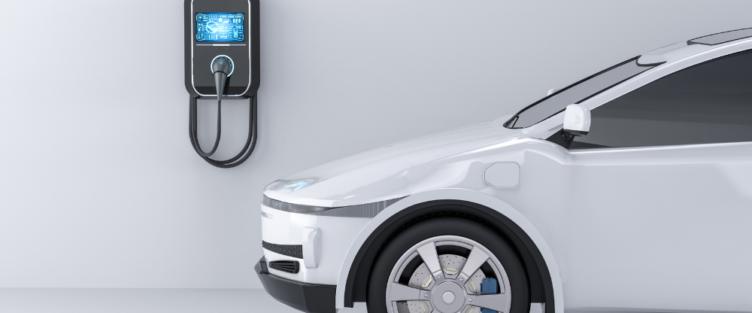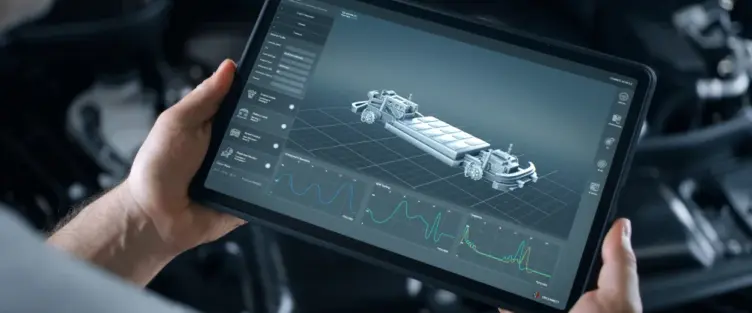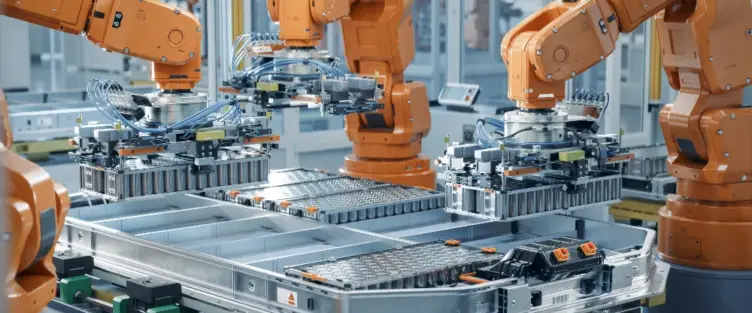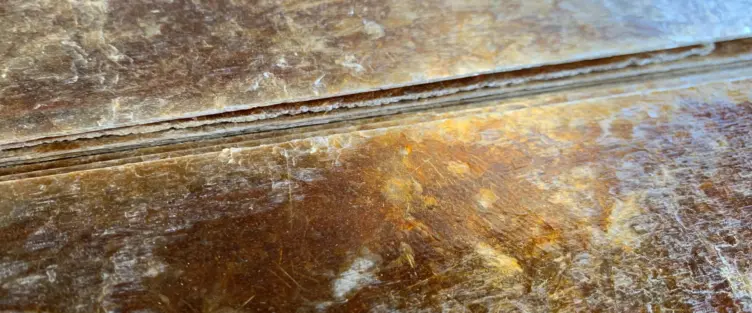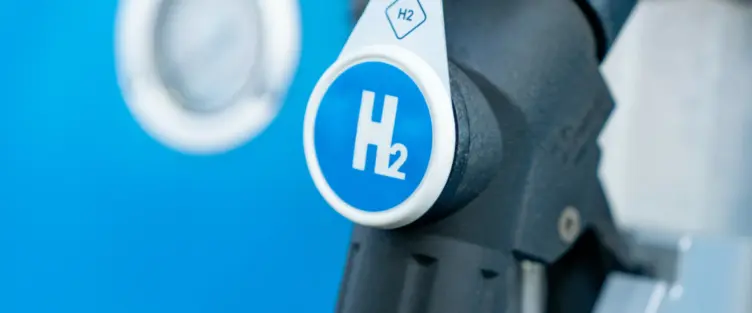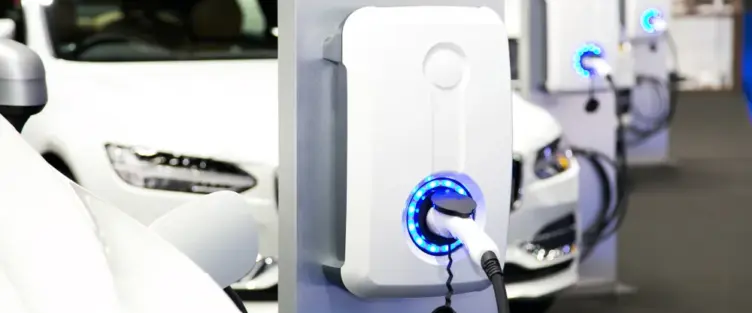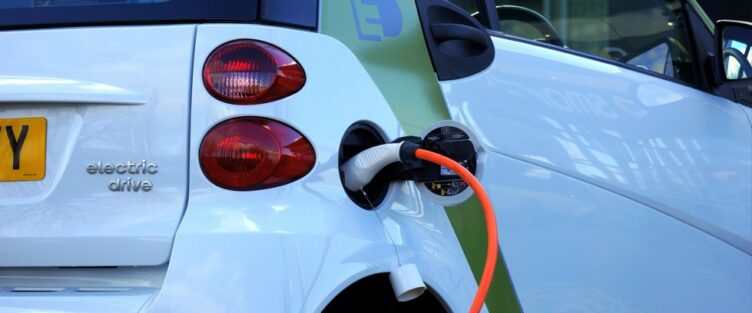
How Mica insulation powers the Automotive and Aerospace industries
When you think of electric cars or modern aircraft, you probably picture sleek designs, advanced batteries or cutting-edge electronics. But behind all that exciting innovation, Mica insulation is keeping everything running safely.
Mica is a naturally remarkable material, it can withstand extreme heat, insulate against electricity and stay strong under pressure. It might not make the headlines but it plays a key part in keeping EV battery packs safe, flight recorders secure and aircraft systems protected.
At Elmelin, we’ve spent decades turning this material into practical solutions that engineers and manufacturers can rely on. Our work helps make vehicles and aircraft safer and built to last. Let us explain how Mica powers the Automotive and Aerospace industries and its impact.
Why Mica Matters
Mica’s natural properties are extraordinary. It’s heat-resistant, non-combustible, mechanically stable, and an excellent electrical insulator. These qualities make it ideal for applications where safety and performance are non-negotiable, from high-voltage EV batteries to aircraft flight recorders.
At Elmelin, we transform mica into both pure and combined insulation solutions, tailored to meet the needs of each industry. Over the years, we’ve also diversified our offering beyond mica – providing microporous insulation, gasketing and waterproofing applications.

Powering the Automotive Industry
The automotive sector is undergoing a transformation unlike any we’ve seen before. The shift toward electric and hybrid vehicles is driving the need for advanced safety measures and sustainable solutions.
Mica-based insulation plays an incredibly important part in supporting this transformation. Here’s how:
Battery Pack Insulation
EV batteries generate significant heat during operation and charging. Without effective thermal management, battery performance and safety can be compromised.
Our mica insulation ensures:
• Thermal stability across every cell
• Passive fire protection, reducing the risk of thermal runaway
• Electrical insulation, protecting high-voltage components
• This combination ensures that battery packs remain safe even under the most demanding conditions.
Compression Pads Plus
Our Compression Pads Plus are designed to extend the life and safety of EV battery packs. By maintaining uniform mechanical pressure, they ensure secure electrical and thermal connections while allowing the battery pack to expand and contract during use.
The result? Longer battery life and enhanced reliability – critical for the performance of electric vehicles.
Sustainable Thermal Solutions
Sustainability is at the heart of modern automotive engineering. Our mica-based insulation and Elmtherm microporous materials help manufacturers design more energy-efficient, environmentally responsible vehicles.
Benefits include:
• Reduced energy loss through superior thermal regulation
• Support for net-zero initiatives, helping manufacturers meet environmental targets
• Lightweight insulation, which contributes to overall vehicle efficiency
Mica’s durable and lightweight nature makes it ideal for the diverse challenges of the automotive sector, from high-voltage battery packs to hybrid and alternative fuel systems.
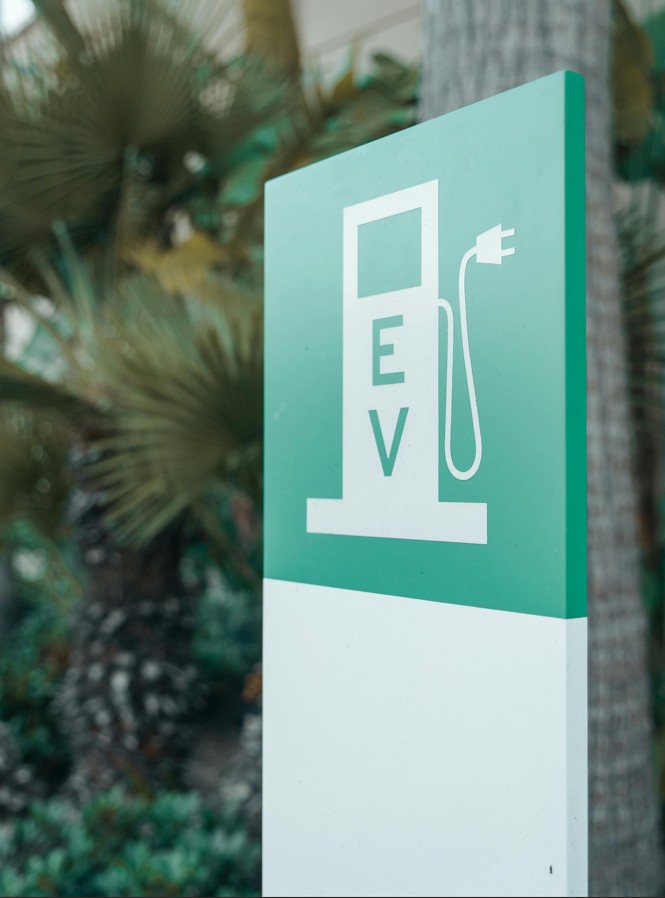
Safety Above All Else in Aerospace
In aerospace, there’s no margin for error. Aircraft components operate under extreme temperatures, high voltages, mechanical vibration and weight constraints, requiring materials that provide the highest level of safety.
Mica-based insulation is uniquely suited to meet these requirements:
High-Temperature Insulation
Our mica insulation materials are used in:
• Aircraft interiors to provide thermal protection
• Heat shields to safeguard sensitive components
• Battery and avionics systems to ensure operational safety
Flight Recorder Protection
Flight recorders, or black boxes, are among the most critical components on any aircraft. They must survive catastrophic events, including fire, impact and even deep-sea pressure.
Mica’s non-combustible, heat-resistant properties protect these devices, ensuring vital flight data remains recoverable in any scenario.
Fireproofing and Thermal Shields
Mica-based composites also serve as fire barriers and thermal shields throughout aircraft systems. They prevent flame spread, contain heat, and protect critical electronics and components.
Industrial Insulation Expertise Beyond Mica
While mica is at the core of our business, our expertise extends to diverse insulation technologies:
• Flexible laminates for foundries and steel industries
• Rigid mica sheets and tubes
• Microporous materials with exceptional high-temperature insulation properties
• Gasketing and waterproofing applications
Our diversified offering allows us to respond flexibly to customer needs, whether delivering off-the-shelf solutions or highly bespoke products.
Why Choose Elmelin?
Choosing Elmelin means choosing a team that has a deep understanding of industrial insulation across multiple sectors, including automotive, aerospace, foundry & steel and more. Our long history means we’ve seen every kind of application, from high-voltage EV batteries to extreme aerospace conditions, and we know what works and what doesn’t.
Get in Touch
If you’re looking to improve safety or explore sustainable insulation solutions, get in touch with us today. Call us on 020 8520 2248 now.


